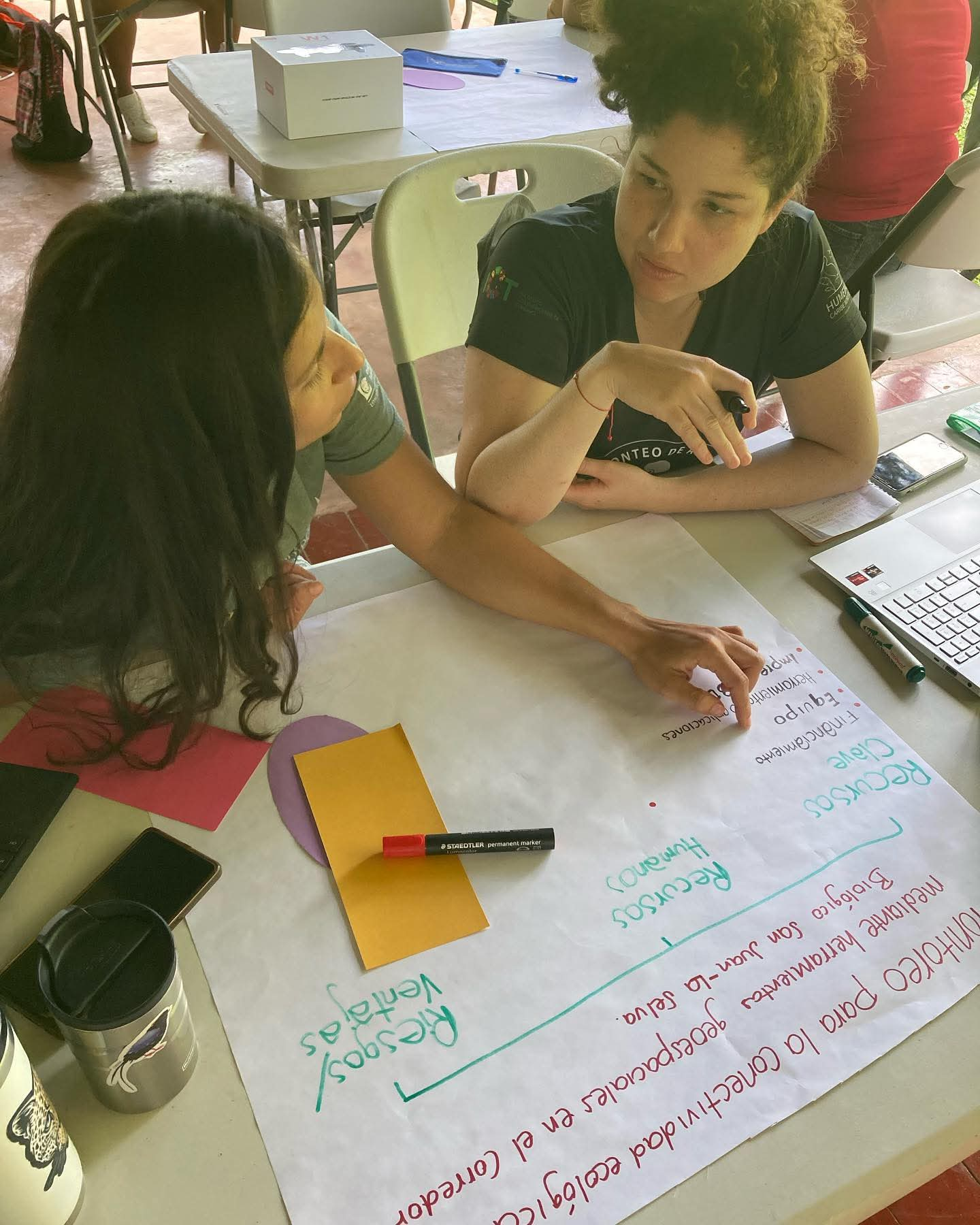Shifting the role of local committees in biological corridors to a comprehensive approach
Local Committee
GIZ/EbA LAC/DOMO
Biological Corridor
GIZ/EbA LAC/DOMO
Biological corridors play a crucial role in promoting dialogue and participation among multiple stakeholders. Until now, their main focus has been on conservation activities. However, they have significant potential for scaling up Ecosystem-based Adaptation (EbA). They are integrated into the national strategy for the conservation and sustainable use of biodiversity. This strategy is supported by a Local Committee, which serves as a forum for consultation and collaborative sustainability initiatives. This committee comprises civil society organizations (CSOs), non-governmental organizations (NGOs), government institutions, and municipalities.
To maximize the effectiveness of biological corridors in scaling up EbA measures, it is essential to establish a shared understanding and agreement among stakeholders regarding their role. This involves making explicit the role of biological corridors - and each stakeholder who participates - in sustainability and climate change adaptation strategies, but also also their specific contribution to social and economic local development. The road to this common understanding requires analyzing sectorial vulnerabilities, needs, and interests, but also oportunities, competencies and capacities with potencial to tackle common issues. In addition, clarifying basic concepts of climate change, adaptation, biodiversity conservation (EbA) with a people-centered approach, using sectorial specific language and active stakeholder participation, is key for reaching a common understanding.
Integration into National Policy Frameworks
Biological corridors are part of Costa Rica’s national conservation strategy, created through executive decree, mandating cross-sectoral cooperation in the public interest.
There is also alignment with the National Adaptation Plan of Costa Rics (Strategy #3), which promotes ecosystem-based adaptation (EbA) through sustainable ecosystem management.
Multistakeholder Governance and Participation
An important enabling factor is the existence of a Local Committee as a formal consultative and collaborative platform comprising civil society, NGOs, government institutions, and municipalities. There is also active stakeholder participation across sectors which is central to dialogue and implementation.
Biological corridors should be understood as living organizations focused on citizen participation, with their own internal dynamics and operational and administrative processes. To channel efforts toward the efficient scaling of EbA measures, they need to create an identity, cohesion, and internal culture that allow them to address common challenges and opportunities. Applying the "climate lens" means going beyond management approaches focused strictly on conservation, instead focusing the analysis of potential impacts of sustainability actions on the quality of life of communities and individuals, especially vulnerable populations.
